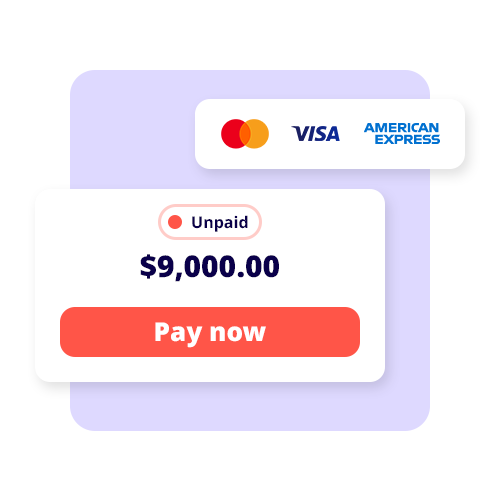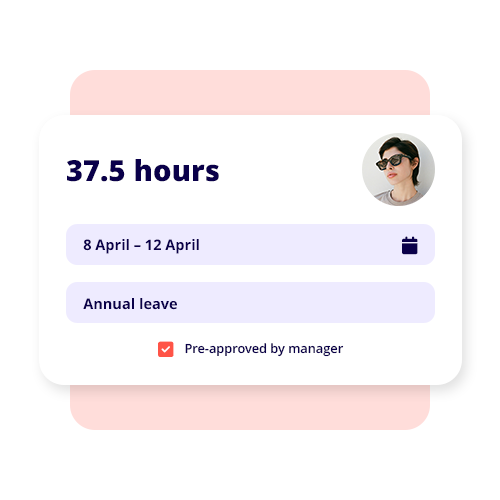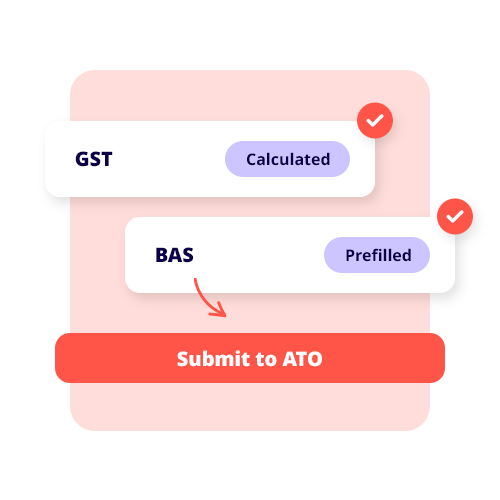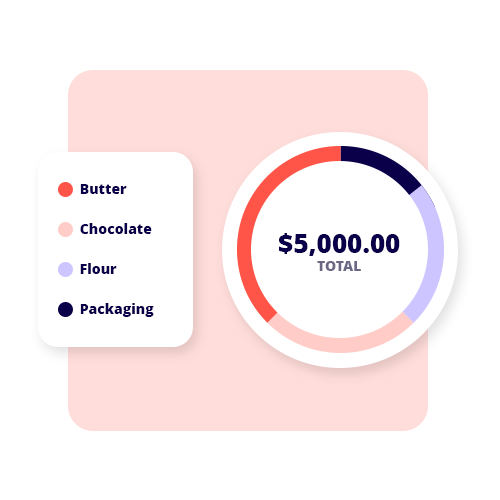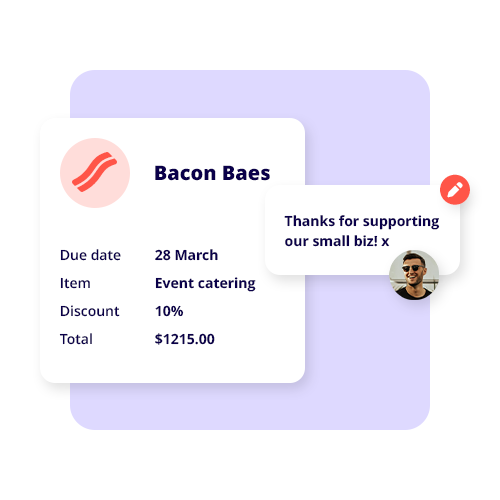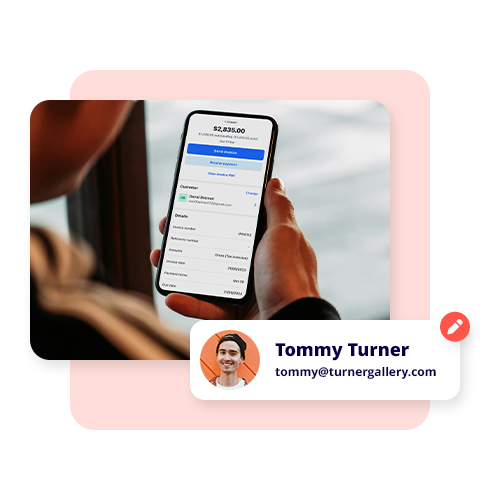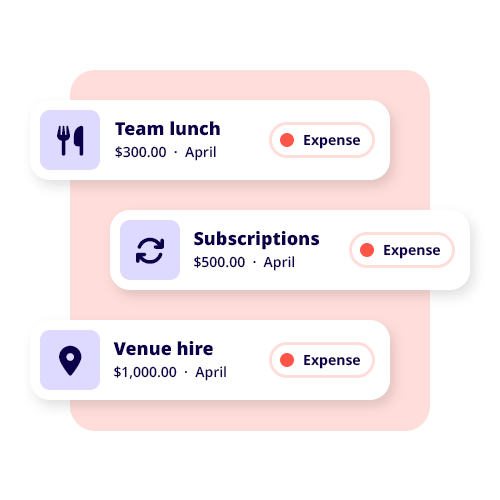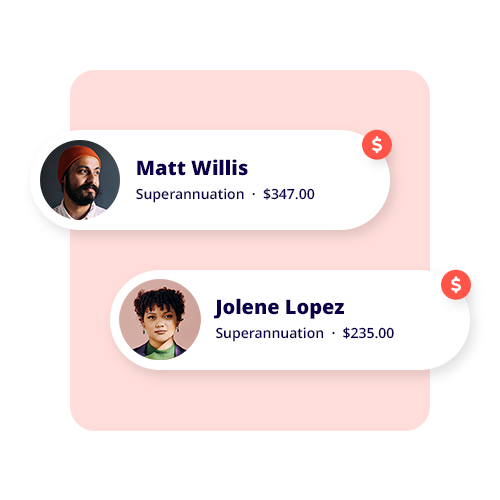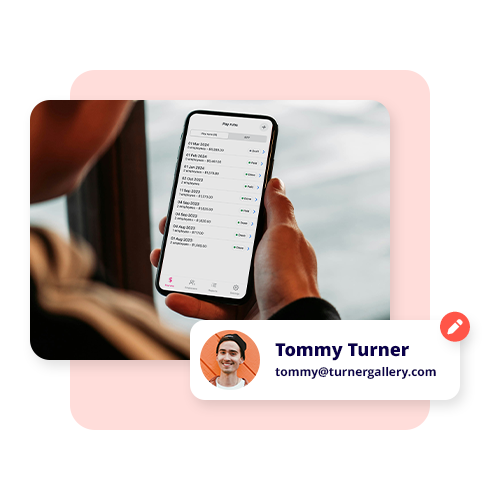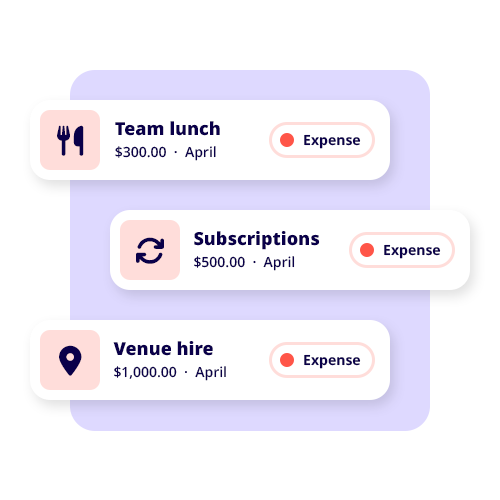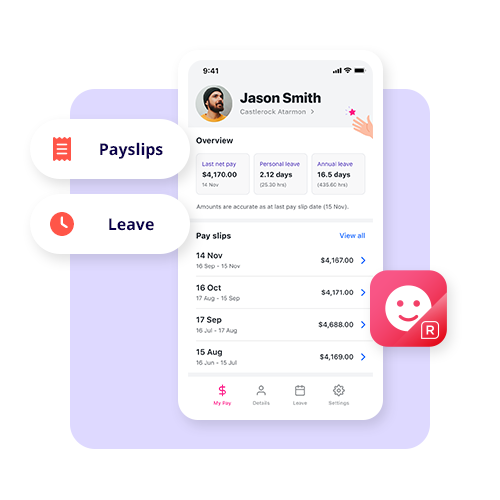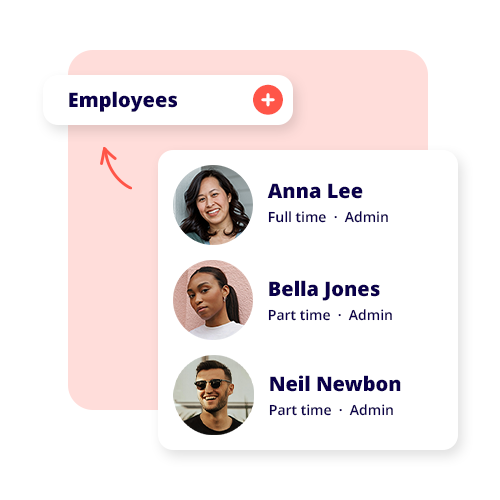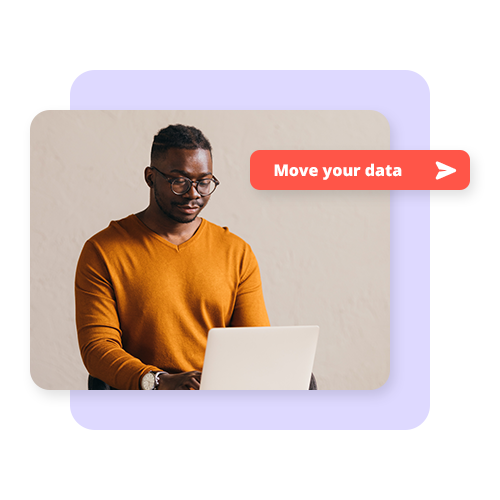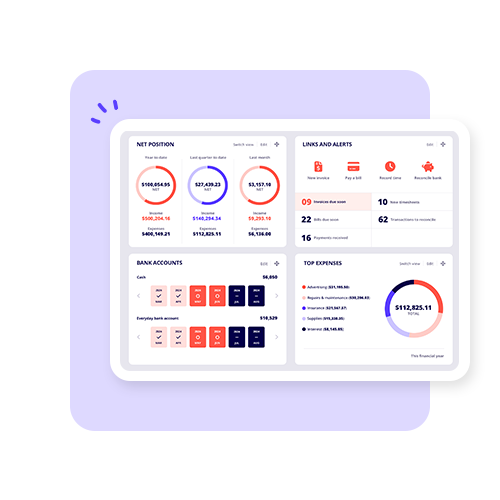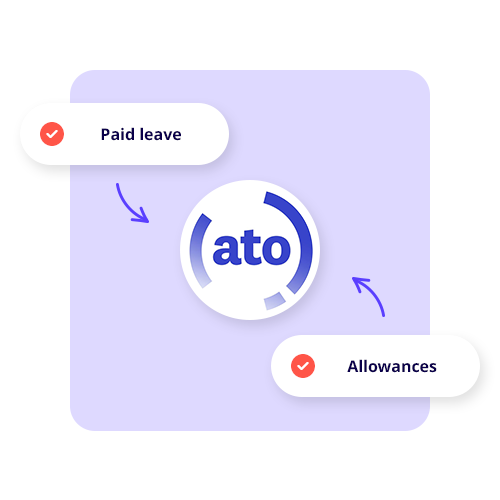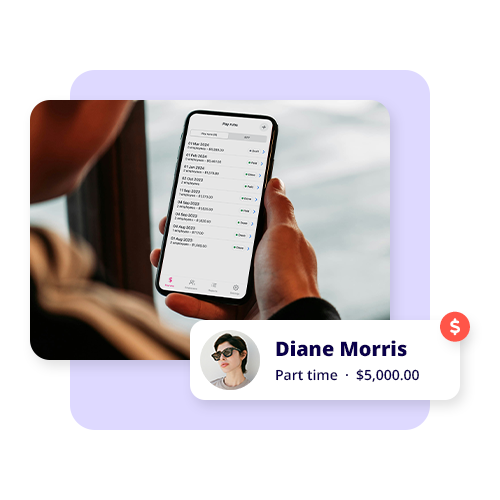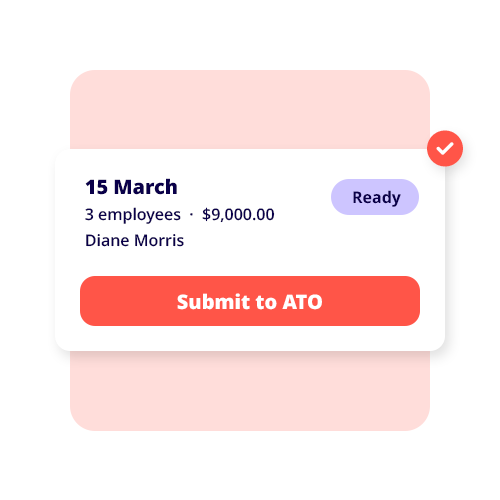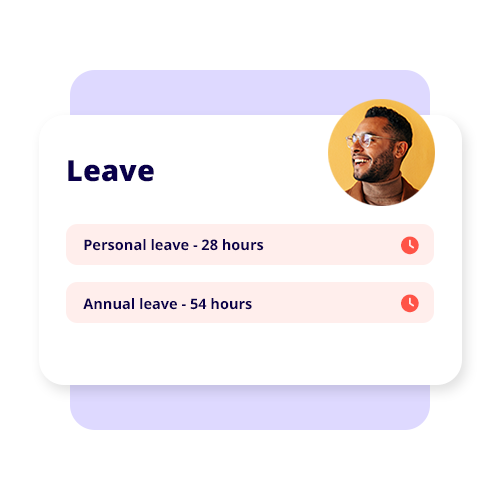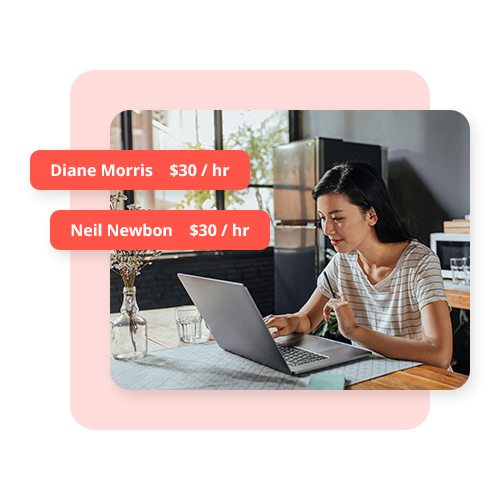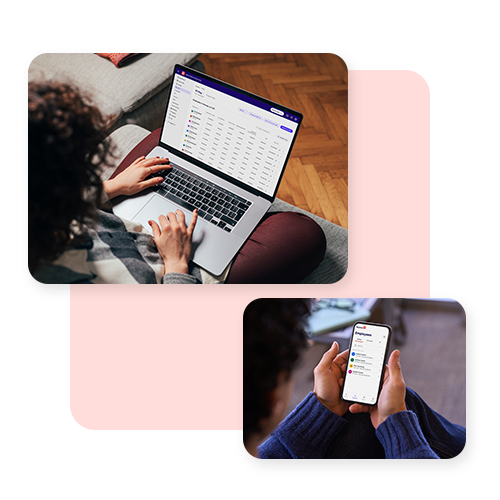People have access to almost everything at their fingertips, so how businesses sell to customers is becoming more complex. Customer profiles and personas allow companies to map and analyse a customer’s purchasing identity. Knowing basic background information like date of birth, social media usage, and political opinion creates a blueprint for how a business can sell meaningfully to its customers.
It’s all about grabbing and keeping the buyer’s attention, so let’s dive into how you can use customer profiles and personas for your small business.
Customer Profile vs Customer Persona: What’s the difference?
A customer profile is a fact sheet of your customers: who they are, what they like and dislike, where they come from, and their behaviours. These are real people that you sell to.
A customer profile uses data from existing customers to inform how a business operates. How often do they purchase from you? How do they interact with the sales team? Do they open your marketing emails? This information builds over time and grows as they buy more.
On the other hand, a customer or buyer’s persona is a hypothetical that asks, “Who is my ideal customer?” Customer personas are theoretical profiles made from the traits of existing customers in your system. Pulling the traits you want to target, you can build a buyer’s persona that fits your next marketing strategy or product.
Creating your customer profile template
To create your customer profile template, you first need to gather information that tells you enough about your customers to guide how you sell to them. To do this, we need the following:
- Demographic and background
- Behaviours and interests
- Psychographics
Demographics and background
Demographic information is your customer’s basic history, such as:
- Name
- Birth date
- Place of residence
- Gender
- Occupation
- Education
This type of information is a launching pad; even with these details, you can form a basic strategy for selling your product or service. For example, if you’re based in Sydney and sell male grooming products, you’d first target customers close to you for convenience and cost.
Behaviour
Behaviours cover the interests that a customer puts their time and value into, including:
- Hobbies
- Interests
- Buying patterns
- Brand loyalties
Here, the profile begins to take shape. This information will give you enough to see how the customer will interact with your product. Ask yourself: How is my product relevant to this customer? How can I cater my product to their spending habits? This lets you get below the surface of the basic information you have gathered from their demographic background.
Psychographics
Psychographics categorise your customers based on their personality, looking at:
- Values
- Opinions
- Pressure points
Using this information, you can market to them specifically and personally. Their attitude towards promotions, barriers to purchasing, and how they perceive your business are just some of the things that you can glean from this type of information.
Customer profile template
To build a customer profile template, you need to ask the right questions about the customer’s demographic, behavioural, and psychographic characteristics. Here is a simple cheatsheet on what questions to survey:
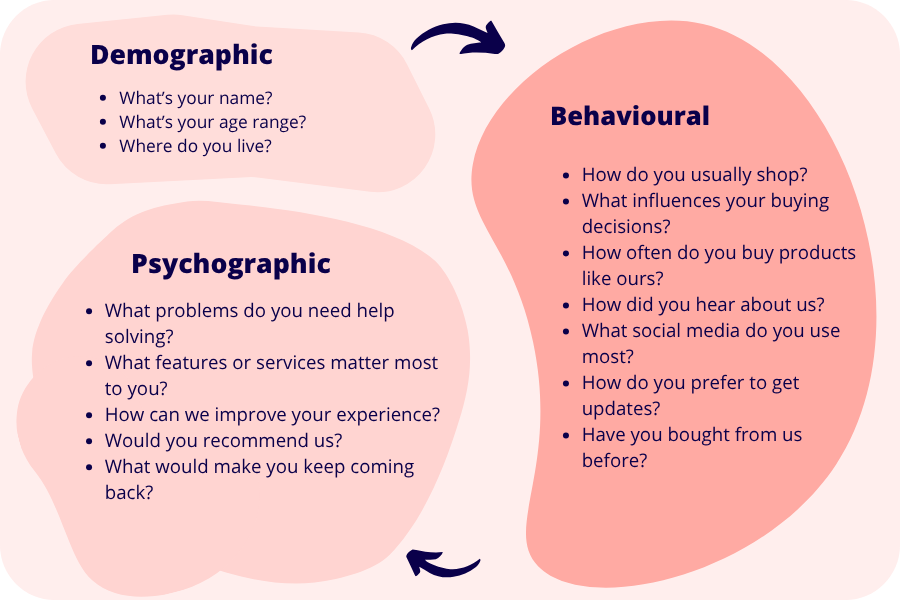
With these questions in your arsenal, you’ll have enough data to create profiles for your customers to use in the future — this lets you target them specifically and maintain brand loyalty. Once you have enough of these customer profiles, a buyer’s persona can be created, which can be used to inform marketing campaigns targeting specific customers.
Customer profile example
Let’s examine a retail customer profile example to understand how all this works.
Demographic
- Name: Isaac Taylor
- Age: 29 (Born 1995)
- Location: Sydney, Australia
Behavioural
- Shopping Style: Online for convenience, in-store for clothing/electronics
- Purchase Influences: Price, quality, reviews, brand reputation
- Shopping Frequency: Weekly for essentials, monthly for bigger purchases
- How He Discovers Brands: Social media ads, word-of-mouth, online browsing
- Preferred Social Media for Shopping: Instagram, TikTok
- Best Way to Get Updates: Email promos, push notifications for sales
Psychographic
- Main Shopping Concern: Finding quality products at good prices
- Most Valued Features: Easy browsing, fast delivery, hassle-free returns
- How to Improve His Experience: Personalised recommendations, exclusive deals
- Would He Recommend the Brand? Yes, if the product and service are great
- What Keeps Him Coming Back? Consistency, reliable stock, loyalty perks
A business owner can gauge how this customer will interact with their business, how often they’ll buy, and how they’ll make the purchase. Note that under the psychographic heading, this particular customer is far more likely to purchase online and look for quality products. They are also bargain hunters, as they get notifications of sales and promos.
Considering this information, how would our hypothetical retail business owner approach selling their products to this customer? They’d use their online store and send email notifications about their quality products.
Imagine this business has more than one existing customer with similar profiles. You can combine similar traits into a buyer’s persona and build a marketing campaign based on those details. Using social media to advertise, the business can reach new customers who share the same traits based on the buyer’s persona.
How to use customer profile templates for your small business
Large companies constantly refine how they interact with customers and look for ways to improve their processes. You can do the same by using cost-effective marketing and customer profiles for your business.
To start, it will be helpful to have:
- A business website: An online front where customers purchase your products or services and can contact you.
- Customer Relationship Management software: A dedicated CRM to store information about your customers and allow you to build a database.
- Social Media: A low-cost way to interact with your customer base and promote your business, such as Instagram, Facebook, or TikTok.
Having these is a launching pad for your business to begin marketing with more focus and efficiency. With these tools, you should be able to gather the right information to fill out your customer profiles, using customer feedback surveys, online forms, customer purchase history, one-on-one interviews, and product reviews.
Once you have enough customer profiles, you can create buyer personas and fine-tune your products and marketing. By knowing your customers, your business can bring in more revenue and improve its products and services.

























